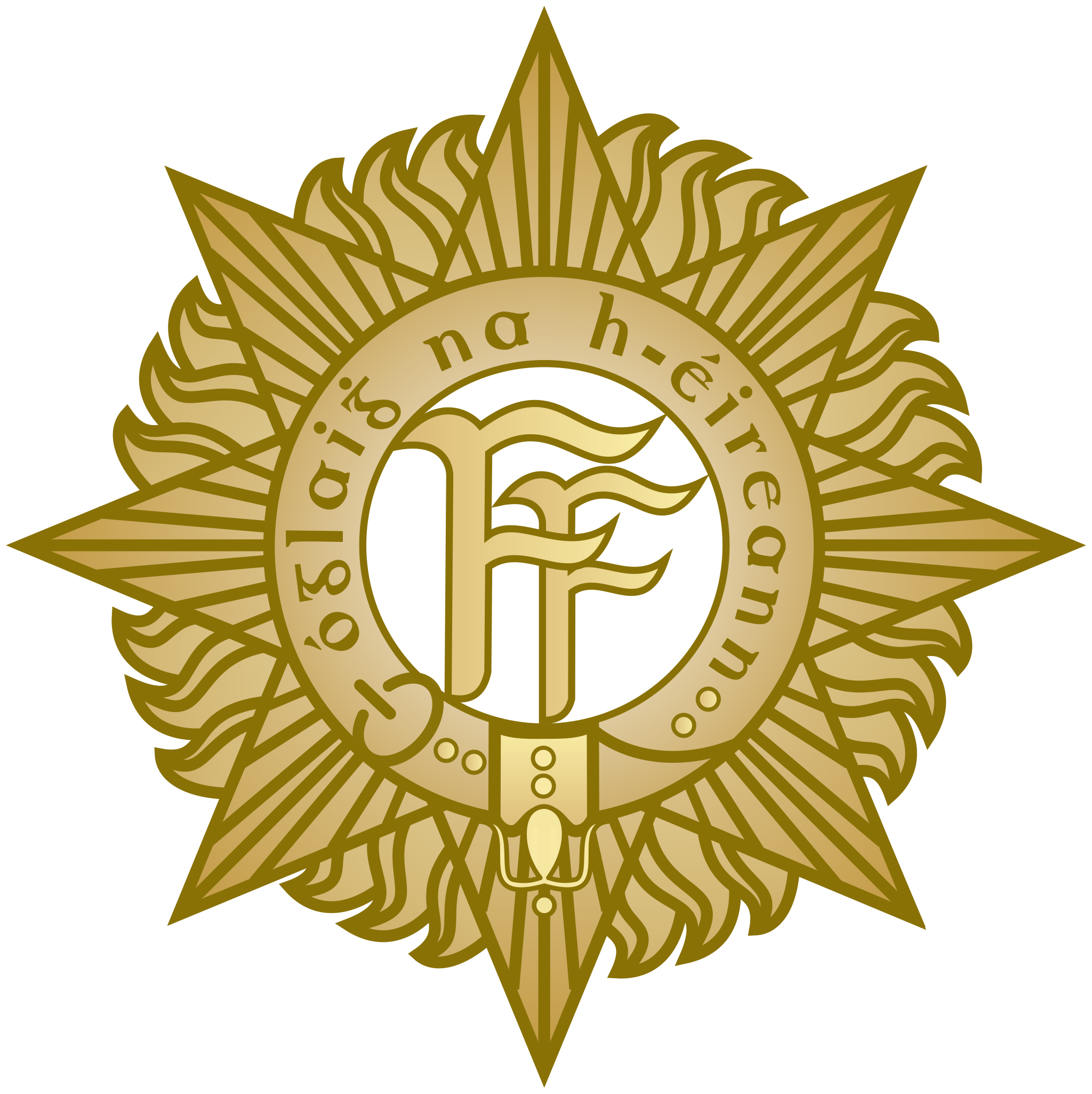By Joseph E.A. Connell Jr
At the end of the Civil War the new Irish Free State set about providing a legal status for its armed forces. Under the Defence Forces (Temporary Provisions) Act (1923), the Executive Council officially established Óglaigh na hÉireann on 1 October 1924.

The Defence Forces trace their origins to the Irish Volunteers, founded in 1913. Their official Irish-language title, Óglaigh na hÉireann, is taken from the equivalent Irish-language title of the Irish Volunteers. Their cap badge and the buttons worn on ceremonial uniforms are taken from the Volunteers too; the buttons are still marked with the initials ‘IV’.
A military mission was sent to the USA in 1926 to study organisation and training methods. As a result, training was placed on a proper footing with the establishment of a military college, corps and service schools.
The Defence Forces consist of a Permanent Defence Force (PDF), which is a standing force and provides the main capability for military operations, and a Reserve Defence Force (RDF) to support the PDF if necessary. The RDF consists of a First Line Reserve and a Second Line Reserve. The First Line comprises former members of the PDF and the Second Line comprises an Army Reserve and a Naval Service Reserve. The Irish Defence Forces now encompass the Army, Naval Service, Air Corps and Reserve Defence Force.
The supreme commander of the Defence Forces is the president of Ireland, from whom all Defence Forces officers hold their commissions, but in practice the minister for defence acts on the president’s behalf and reports to the government. The minister for defence is advised by a Council of Defence on the business of the Department of Defence.
The state was officially neutral during the Second World War, but declared an official state of emergency on 2 September 1939 and mobilised the Army. As the Emergency progressed, more and newer equipment was purchased from Britain and the United States. For the duration of the Emergency, Ireland, while formally neutral, tacitly supported the Allies in several ways. German military personnel were interned in the Curragh along with the belligerent powers’ servicemen, whereas Allied airmen and sailors who crashed in Ireland were very often repatriated, usually by secretly moving them across the border to Northern Ireland and turning them over to the Allies. In addition, G2, the Army’s intelligence section, played a vital role in the detection and arrest of German spies.
Current functions of the Defence Forces include preparation for the defence of the state against armed attack; assisting the Garda Síochána, including the protection of the internal security of the state; peace-keeping, crisis management and humanitarian relief operations in support of the United Nations; policing fisheries, in accordance with the state’s obligations under European Union agreements; and miscellaneous civil contingency duties requested by the government, such as search and rescue, air ambulance provision, providing secure air transport for ministers, assistance in the event of natural and other disasters, ensuring the maintenance of essential services and assisting in dealing with oil pollution at sea.
Current rosters stand at approximately 7,300 in the Army, 1,000 in the Air Corps, 1,100 in the Naval Service and 1,800 in the Reserves.
Joseph E.A. Connell Jr is the author of The Terror War: the uncomfortable truths of the Irish War of Independence (Eastwood Books, 2022).
